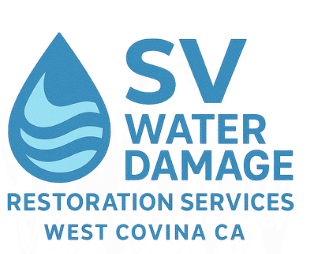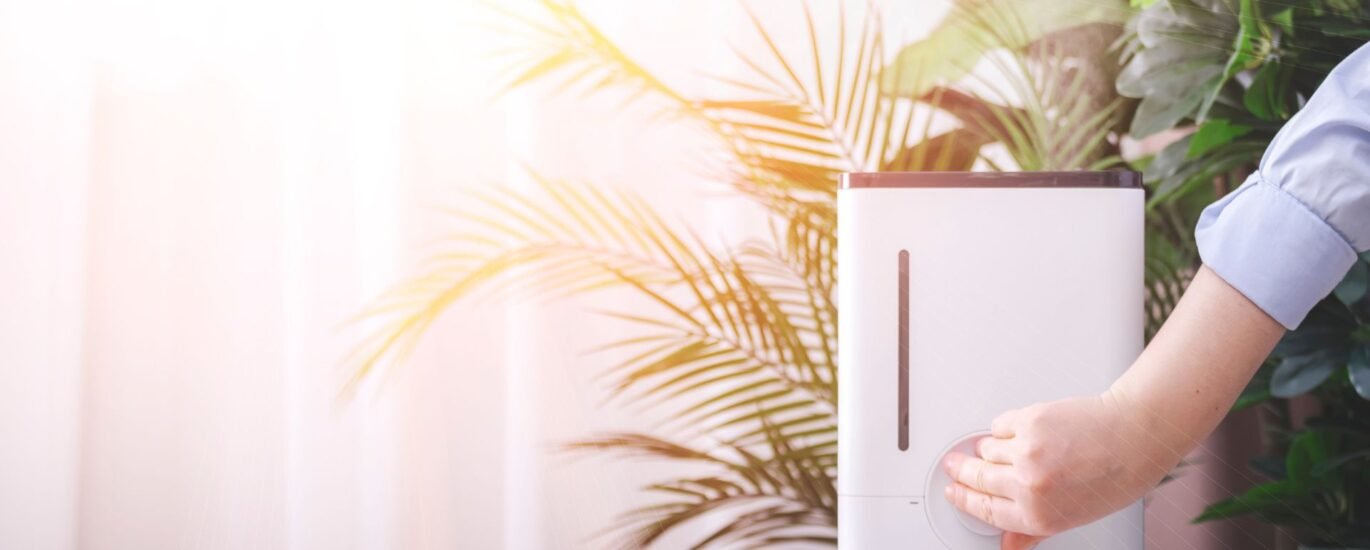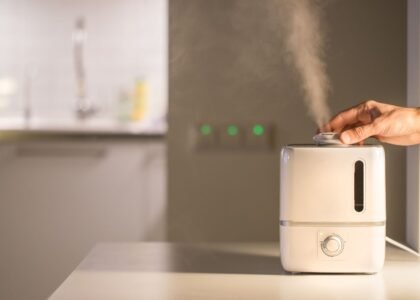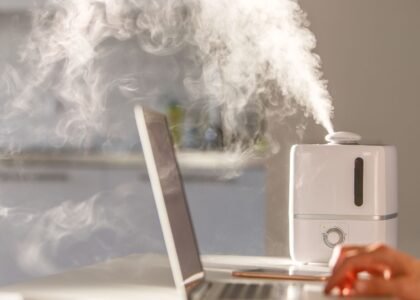Introduction
When water damage strikes — via a burst pipe, flooding, or even a slow leak — it’s not just the visible moisture you need to worry about. Hidden humidity lurking inside walls, floors, or ceilings can cause serious problems over time. That’s where professional dehumidification comes in. In this blog, we’ll explain why dehumidification is critical, how it works, and when to call the experts.
What Happens After Water Intrusion?
When water invades your property, several things can go wrong:
- Water seeps into porous materials like drywall, wood, insulation, and flooring
- Moisture remains even after visible water is removed
- Elevated humidity in the air slows down evaporation
- Mold, mildew, and decay become likely within 24–48 hours
- Structural components (wood beams, subfloors) absorb moisture and may warp or fail
Simply extracting the standing water is often not enough. You need controlled drying and dehumidification to remove lingering moisture and prevent future damage.
How Dehumidification Works: The Science in Plain Terms
Dehumidification is the process of removing water vapor from the air. The two common technologies used are:
Refrigerant (Cooling) Dehumidifiers
- Air is drawn over a cold coil; water vapor condenses into liquid
- Collected water drains or is pumped away
- The now-drier air passes over a warm coil and returns to the space
- Most useful when ambient temperature is moderate
Desiccant Dehumidifiers
- Use moisture-absorbing materials (desiccants) that “soak up” humidity
- The desiccant is heated to release moisture, which is then vented or collected
- More effective in lower temperature environments or in industrial settings
In restoration contexts, often Low-Grain Refrigerant (LGR) dehumidifiers are used because they remain effective even at low humidity levels. These machines are designed for post-water damage drying and are more efficient when typical dehumidifiers struggle. (If you want, check more technical detail on LGR units.)
The goal: lower relative humidity (RH) to safe levels (typically ~30-50 %) so that materials dry and microbial growth is inhibited.
The Step-by-Step Dehumidification & Drying Process
When professionals perform dehumidification, they follow a careful sequence:
- Assessment & Moisture Mapping
Use moisture meters, infrared cameras, and hygrometers to identify wet zones and humidity levels. - Water Extraction
Remove standing or pooled water using pumps, vacuums, and extraction equipment. - Airflow Management
Deploy air movers (fans) to promote evaporation from surfaces. - Dehumidifier Placement
Set up dehumidifiers in strategic locations; choose number/type based on space and moisture load. - Monitoring & Adjustment
Regularly check humidity, temperature, and moisture in building materials; reposition or adjust equipment if needed. - Completion & Verification
Continue until readings show safe, stable moisture levels. Confirm that no high-humidity pockets remain.
This systematic approach ensures thorough drying, not just surface-level evaporation.
Why Rely on a Pro? The Advantages of Expert Dehumidification
You might be tempted to rent a consumer dehumidifier and run it yourself. But professionals bring key advantages:
- Correct sizing and placement of industrial units
- Experience in airflow patterns, heat/humidity dynamics, and drying curves
- Precise monitoring and adjustments
- Ability to manage larger or more complex spaces
- Preventing secondary damage (mold, rot, odor)
If moisture is mishandled, hidden pockets can foster mold or structural decay — costing far more down the line.
Signs You Need Professional Dehumidification
Here are telltale symptoms that DIY won’t suffice:
- Musty or moldy smell
- Condensation forming on windows or walls
- Warping or buckling wood floors
- Damp spots or discoloration on drywall
- Sticky or clammy indoor air
- Persistence of moisture despite cleanup efforts
At the first hint of these signs post-water event, reach out for professional help.
When & Where Dehumidification Is Applied
Dehumidification plays a role in:
- Post-flood restoration
- Pipe or appliance leak aftermath
- Basements, crawl spaces, and foundations
- Following structural drying
- Pre-occupancy remediation in a previously water-damaged building
In fact, we maintain a detailed service page on Dehumidification at svrestorationservices.com/dehumidification — you can refer to it for more context or link to it directly.
If you’re ready to request service, be sure to use our contact page.
Preventative Tips to Control Humidity Long Term
Prevention helps avoid the need for full-scale dehumidification:
- Use exhaust fans in bathrooms, kitchens, laundry
- Maintain gutters, downspouts, and drainage away from foundations
- Seal cracks or gaps where moisture can intrude
- Control indoor plants (they release moisture)
- Monitor with hygrometers
- Keep HVAC systems maintained
- Use dehumidifiers in vulnerable spaces (e.g. basements)
By managing humidity proactively, you reduce the risk surface for costly moisture damage.
Summary & Next Steps
Professional dehumidification is more than just drying the air — it’s a scientific, monitored process that stops hidden moisture from wreaking havoc. After water intrusion, rapid, expert dehumidification is vital to prevent mold, decay, and structural issues.
To learn more, check out our comprehensive Dehumidification page: svrestorationservices.com/dehumidification.
And if you suspect moisture trouble in your property, contact us via our contact page — we’ll help assess your situation and recommend the right path forward.



